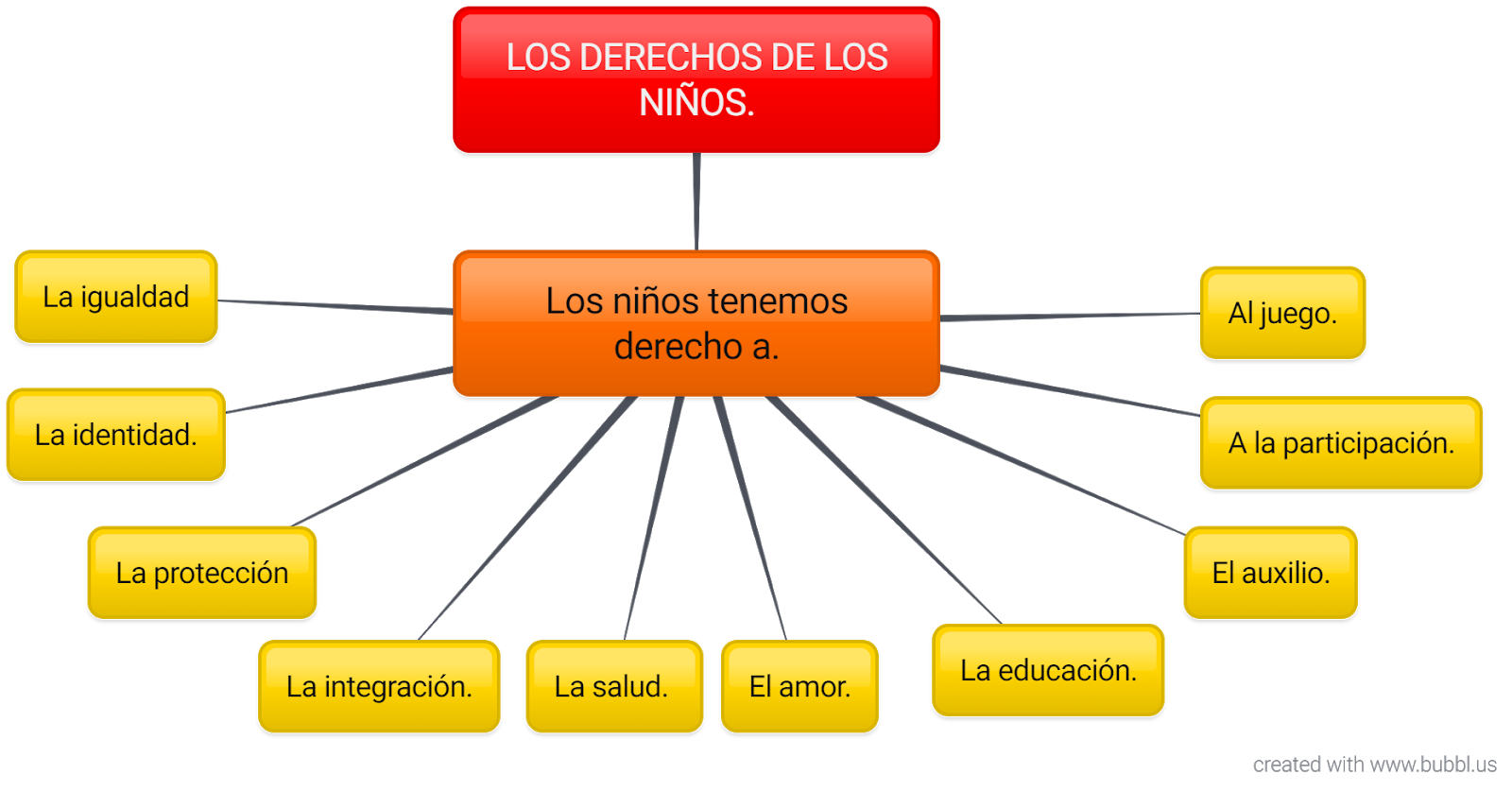Protecting Mexico's Future: Understanding the General Law of Children's Rights
What does it truly mean to protect a child's future? In Mexico, the answer lies within the framework of the General Law of Children's Rights (Ley General de Derechos de los Niños, Niñas y Adolescentes, or LGDNN). This comprehensive legislation outlines the fundamental rights of every child and adolescent, setting the stage for a society that prioritizes their well-being and development.
The LGDNN represents a crucial step toward ensuring that every child in Mexico has access to the resources and opportunities they need to thrive. This isn’t just about legal jargon; it's about creating a tangible difference in the lives of young people, from guaranteeing their right to education and healthcare to protecting them from exploitation and abuse.
Understanding the nuances of the LGDNN is essential for anyone invested in the future of Mexico. This law isn't simply a document; it's a living testament to the nation's commitment to its youngest citizens. By exploring its provisions, we can gain a deeper understanding of the rights afforded to children and the mechanisms in place to uphold those rights.
The LGDNN acknowledges the inherent dignity of every child, recognizing them not as passive recipients of care but as active participants in their own development. It emphasizes the importance of family, community, and governmental support in fostering a safe and nurturing environment where children can flourish.
This article will delve into the various aspects of the General Law of Children's Rights, exploring its historical context, key provisions, and practical implications. By examining both the successes and challenges associated with its implementation, we can gain a holistic understanding of this vital piece of legislation and its impact on the lives of children across Mexico.
The LGDNN stemmed from the growing international recognition of children's rights, particularly the UN Convention on the Rights of the Child, which Mexico ratified. The law consolidates these international principles within a national framework, adapted to the specific context of Mexican society. Its importance lies in its ability to provide a legal basis for protecting children and holding accountable those who violate their rights.
The law covers a wide range of rights, including the right to a name and nationality, the right to live with their family, the right to education, healthcare, and protection from all forms of violence, abuse, and exploitation. A crucial issue is ensuring consistent and effective implementation of these rights across different regions and communities within Mexico.
The LGDNN defines a child as any person under the age of 18. It explicitly outlines the responsibilities of parents, guardians, and the state in upholding children's rights. A simple example: a child's right to education means the state must provide access to free and compulsory primary and secondary education.
One benefit of the LGDNN is increased access to justice for children. Specialized courts and procedures have been established to handle cases involving child victims or witnesses. Another benefit is the greater awareness and understanding of children's rights among the general public. Finally, it has led to the development of specific programs and services aimed at promoting child well-being, such as programs addressing child labor and promoting early childhood development.
Successful implementation relies on collaboration between government agencies, civil society organizations, and communities. Strategies include training professionals working with children, public awareness campaigns, and establishing effective monitoring mechanisms.
Advantages and Disadvantages of LGDNN Implementation
| Advantages | Disadvantages |
|---|---|
| Increased legal protection for children | Challenges in consistent implementation across the country |
| Enhanced awareness of children's rights | Limited resources for enforcement and monitoring |
| Development of specialized services for children | Need for greater coordination between different agencies |
Best practices for implementing the LGDNN include: 1) Strengthening the capacity of child protection institutions; 2) Promoting inter-agency collaboration; 3) Empowering children and families to exercise their rights; 4) Conducting regular monitoring and evaluation; 5) Allocating sufficient resources to child protection services.
Frequently asked questions include: What are the core principles of the LGDNN? How does the law address child labor? What recourse do children have in cases of rights violations? What role do families play in upholding children's rights? How does the LGDNN interact with international conventions? What are the reporting mechanisms for child abuse? How is the LGDNN being implemented in indigenous communities? What are the ongoing challenges in fully realizing the law's objectives?
Tips for promoting children's rights include educating oneself about the LGDNN, reporting suspected violations, and supporting organizations working to protect children.
The General Law of Children's Rights is a cornerstone of Mexico's commitment to its future generations. It provides a comprehensive framework for protecting children and ensuring their well-being, covering aspects from education and healthcare to protection from abuse and exploitation. While challenges remain in its full implementation, the LGDNN represents a significant step toward building a society that truly values and prioritizes the rights of all children. Understanding and actively supporting this legislation is crucial for fostering a brighter future for Mexico’s youth. By working together – government, civil society, families, and individuals – we can ensure that the promises enshrined in the LGDNN become a tangible reality for every child. This requires ongoing vigilance, advocacy, and a commitment to holding accountable those who violate children’s rights. The future of Mexico depends on the well-being of its children, and the LGDNN provides the roadmap for ensuring their protection and empowerment.
Navigating secu holiday branch access
Decoding the visual narrative wall street imagery
Indias ultimate gel pen showdown finding your perfect writing instrument














